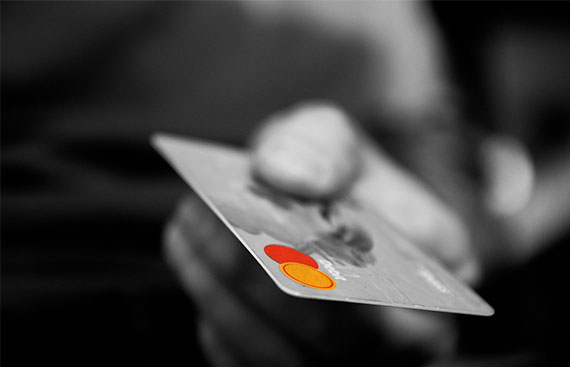Credit card security: Tips to prevent fraud and to protect your personal information

With increasing online transactions and digital payments, credit card security has become very important. Fraudsters are constantly devising new ways to steal card details and personal information. Here are some tips to safeguard your information and prevent fraudulent activity.
Apply for credit cards only on reputed bank websites
When you apply for a credit card online, ensure you are on the official website or mobile app. Do not provide sensitive details on any third-party sites or through unknown links/emails even if they claim to be affiliated with banks. Stick to verified banking domains.
Keep credit card number and CVV secure
Always keep your full credit card numbers, CVV (three-digit security code on back), expiration dates and one-time passwords (OTPs) confidential. Do not share them with anyone via phone/email under any circumstances. Also do not store CVV/OTP on your phone or computer. Provide numbers directly for online transactions as required.
Opt for additional security layers like OTP
Enable additional authentication layers like OTPs for all card transactions, login to online banking, and changing personal or account details. This provides an extra layer of protection against unauthorized access since hackers would need access to both your card/login details and OTPs.
Monitor monthly statements regularly
Review credit card statements as soon as they are available, ideally within a day or two of receipt. Check for any irregular or fraudulent transactions that you did not initiate. Contact your credit card issuer immediately in case of any suspicious charges. Most banks allow a limited window to dispute such transactions.
Set spending limits as per your requirements
Set daily, weekly or monthly limits on card transactions, login attempts, international usage etc. based on your usage patterns. In case your card gets compromised, such limits can prevent severe losses. You can increase them temporarily if needed and reduce them back.
Beware of phishing scams through SMS/email/fake websites
Criminals often try stealing information through phishing emails/SMS/links claiming issues with your account or enticing offers. Do not click on any unsolicited links or attachments and avoid providing sensitive data to unverified sources. Bookmark bank websites and type URLs directly for login.
Use strong passwords and change them periodically
Having a strong, unique password for your credit card is vital. Combine uppercase, lowercase, numbers and symbols to create a complex one that's difficult to crack. Do not reuse the same password across multiple accounts. Change passwords every 90 days for additional safety. Avoid using predictable personal details.
Stay protected with anti-virus/anti-malware software
Install reputed anti-virus and malware protection software on all devices used for banking/transactions, including credit card EMI calculator. Keep definitions/software updated regularly. Be wary of public WiFi networks that hackers can potentially monitor for banking sessions without encryption. Consider using a VPN.
Opt for enhanced security features like geo-tagging
Some card issuers offer location-based transaction authorization services that can detect unusual activity. For example, if suddenly a card is being used in another city, a notification and OTP can ensure the transaction is really yours. Enable such features for added defense against fraud when traveling.
Report lost/stolen cards immediately without delay
If your card is ever lost or stolen, contact your issuer's 24x7 helpline without any delay. This blocks the card instantly and prevents unauthorized usage while the matter is investigated. Do not wait till morning or after the weekend as losses could pile up in the interim.
With precautions like these, you can reduce vulnerabilities and strengthen security to prevent credit card misuse and identity theft. Remain alert and promptly report any suspicious activity for timely resolution. Card protection requires joint efforts between cardholders and issuers.
